What is Allspice Seasoning & What are its ingredients
Allspice, what a great name, right? Allspice might indeed remind you of cinnamon, nutmeg, cloves, and pepper, but allspice is not a mix of spices but a superb spice with a broad range of aromas.
Allspice is actually a fruit. To be precise, a dried fruit just like black peppercorns, and it’s native to the Caribbean islands, mostly from Jamaica.
Christopher Columbus encountered this marvelous seasoning in one of his voyages during the late 1400s, but the English coined the actual name ‘allspice’ around 1621.
Although spice merchants fought hard to protect the allspice trade, cultivating it solely in Jamaica, today, the largest producers are India and China. Together, they export over 70% of the world’s allspice supply.
What is Allspice?
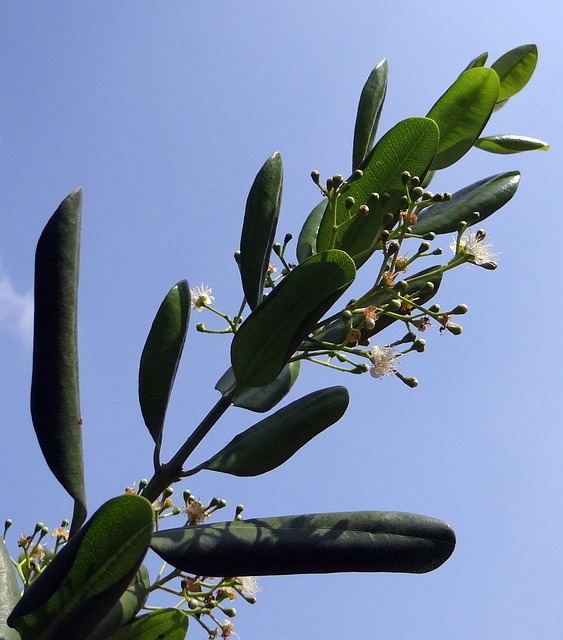
Allspice, also known as Jamaica pepper and pimento, is the dried fruit of the plant called Pimenta dioica. We’re talking of an evergreen tropical shrub that yields the prettiest tiny white flowers. Each flower eventually becomes a berry which is eaten and spread by birds.
These very same berries are what allspice producers harvest and dry. The secret to get the finest quality seasoning is protecting the aromatic oil eugenol in the fruits, responsible for the spice’s warm scents.
Today you wouldn’t recognize Caribbean traditional food if it weren’t for allspice, but many people use the aromatic condiment in European and Middle Eastern cuisines. Here’s how to cook with allspice.
How to Cook with Allspice?
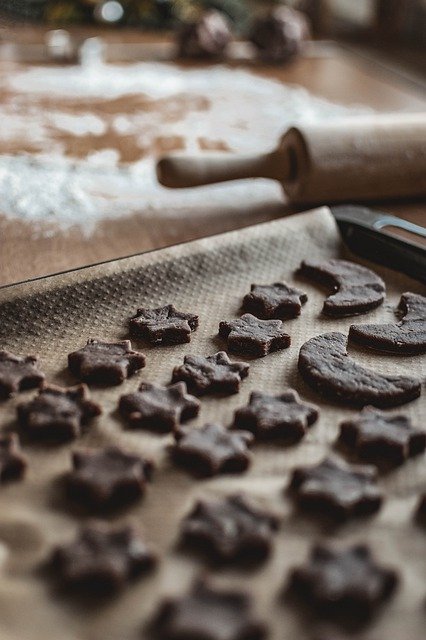
You would think the sweet brown aromatics in allspice are better suited for baking treats, and you would be right. People often use allspice in aromatic treats like gingerbread, but the spice is very well represented in savory food as well.
The single most famous dish featuring allspice is Jamaica’s signature dish: Jerk Chicken. Allspice is a vital ingredient in the country’s jerk marinade sauce, along with the fiery scotch bonnet, garlic, brown sugar, and other spices.
Jerk Chicken might be famous but wait until you try a jerk seasoning in pork, fish, lamb, goat, and veggies.
Allspice, the dried berries that look like smooth peppercorns, are the most prized components of the plant, both whole or grounded into a powder, but the leaves are also used as if they were bay leaves to flavor stews, broths, and soups.
Allspice Health Benefits

What is allspice? That’s a question that can’t be answered with few words because it’s not only a fantastic seasoning for sweet and savory dishes, but also a healthy ingredient to add to your diet. Here are some of allspice’s most important benefits.
- Allspice has anti-inflammatory compounds, which can fight the dangerous chronic inflammation responsible for hypertension, kidney disease, and heart failure. The anti-inflammatory can also reduce joint pain, muscle ache, and soreness.
- There are many antioxidants in allspice. Molecules that can prevent cellular damage caused by oxidative stress. Free radicals in your bloodstream that can cause cancer, inflammation, and many other ailments.
- Allspice is often consumed to ease menstrual cramps and upset stomachs. We need more research to guaranty the spice’s effectiveness, though.
- Even the common cold microbes aren’t safe from allspice. People have been using the aromatic dried fruit to reduce cold symptoms, including throat soreness and a runny nose.
Allspice Nutritional Value
Nutritionally, allspice is a super source for essential minerals. One hundred grams of ground allspice add 36% of your daily needed intake for manganese, iron 56%, calcium 66%, magnesium 36% and potassium 22%.
As for vitamins, allspice adds several B-complex vitamins to your diet and 65% of the vitamin C you need as well.
Allspice has adequate amounts of carbohydrates with 72 grams, from which dietary fiber comprises 21.6 grams. 6 grams of high-quality protein add up too.
Being a dried spice, all the nutrients are super concentrated, meaning even small amounts of allspice in your diet can have a significant impact on your health.
Allspice Is What We Call A Complex Spice
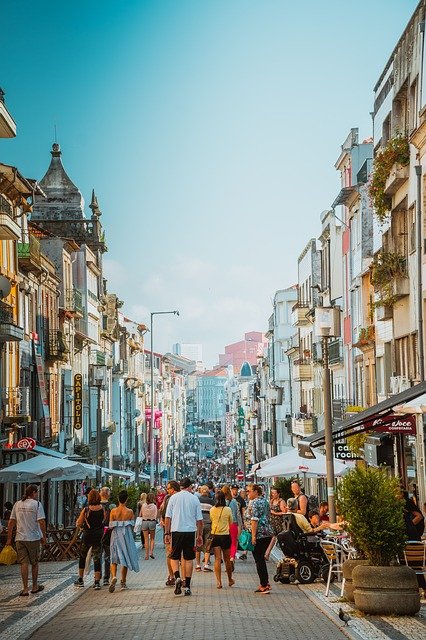
Allspice is unique. Few other herbs, spices, and seasonings have such a wide range of flavors and aromas. Be sure the checkout our curated list spices.
If you were to substitute allspice in a recipe, you’d need to add cinnamon, clove, nutmeg and perhaps some pink and black peppercorns; just then, would you achieve the same effect allspice has in your food.
This makes allspice an enjoyable spice to cook with, so try to incorporate it into your savory recipes and your baking projects.
Allspice is so versatile it should be your ideal desert island spice — the only seasoning you’ll ever need. A real treasure discovered in the sunny Caribbean islands.
Highly Rated – Social Media Chatter on Allspice
Prepping for Christmas prep.
.
.
.
#christmasprep #lebkuchengewürz #gingerbreadspice #classicgermanbaking #cinnamon #cloves #allspice #mace #cardamom #ginger #aniseed #madefromscratch
Toast and coarsely grind those pickling spices!
It's an added step that you might not have thought about, but it will do good things to those pickles. If you are just trying to get 'er done, it is what it is. But if you want to spend just a few extra minutes to bring out the potential in your spices and pickles, go for it!
For a half gallon jar of pickles (or two quarts), my default hard spice blend is 1 TBSP peppercorns or rainbow peppercorns, 2 tsp coriander seeds, 2 tsp mustard seeds (can be yellow or a mix of black and yellow), a few cloves, a few allspice berries. Lately I've become partial to adding a tsp or so of dill seed as well. I dabble with other hard spices like fenugreek or cumin seed if I'm making some mother changes, but it's not my go-to. (I normally add plenty of garlic, bay leaf and other tannin leaves, hot pepper or pepper flakes, and dill to make my kosher garlic dills, but these are not toasted or cooked in any way.) Take the hard spices and set them on a small pan on medium or medium-low for a few minutes... until they're nice and aromatic, potentially a little toasted looking but you don't want to burn them. I grind them with my mortar and pestle, not to a powder or anything but just until things start to get nicely cracked and broken up. If you don't have that, you can put them in a ziptop bag and go over them with a rolling pin.
Cucumber season is getting into full gear! If you want to check out my starter recipe for traditional fermented sour garlic dill pickles, just check the link in bio!
in the house さんにて🍺
all spice さんのキッチンカーでタコライスを買ってin the house さんのテラスでビールと共に食す😊
タブレットで野球観戦もね⚾️😁
タコライスのオーダーは
スパイシービーフ
サルサソース
もち麦ご飯超少なめ
野菜多め
ハラペーニョトッピング
最後にトリュフタバスコをかけてもらったよ🌶
ナチョス、レタス、インゲン、ミックスビーンズ、ポテサラなどなどいろんな具材で見た目も鮮やか👍
そしてうま〜😋
辛さはピリ辛🌶
クラフトビールは
BEER BRAINさん
ORIGINAL PRANKSTER(Session IPA)
andbeer さん
UN KNOWN IPA(IPA)
ごちそうさまでした♪
野球の方はバファローズ逆転負け😭
Go! Buffaloes!
#神宮前 #神宮前グルメ #ビール #ビール好き #ビール女子 #クラフトビール #クラフトビール好き #クラフトビール愛好家 #inthehouse #andbeer #beerbrain #ビアスタグラム #飲酒タグラム #ランチ #渋谷キッチンカー #キッチンカー #テイクアウト #テイクアウトグルメ #タコライス #ピリ辛 #辛いもの好き #激辛好き #激辛女子 #ランチスタグラム #タコライスタグラム #allspice #tacorice #spicyfood #野球好き #オリックスバファローズが好きやねん
Sources:
- https://en.wikipedia.org/wiki/Allspice
- https://www.thespruceeats.com/what-is-allspice-p2-995556
- https://www.webmd.com/vitamins/ai/ingredientmono-81/allspice
- www.healthbenefitstimes.com/allspice/

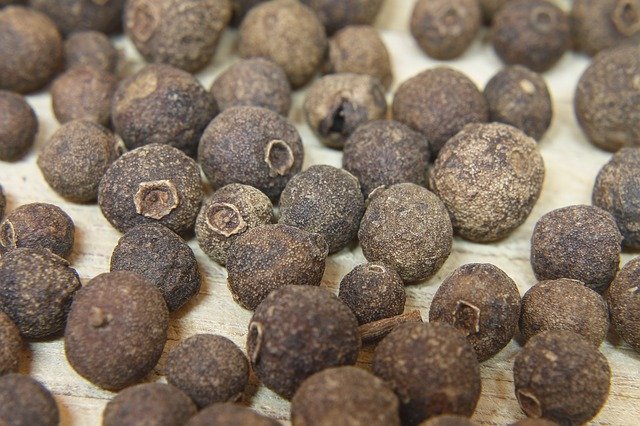

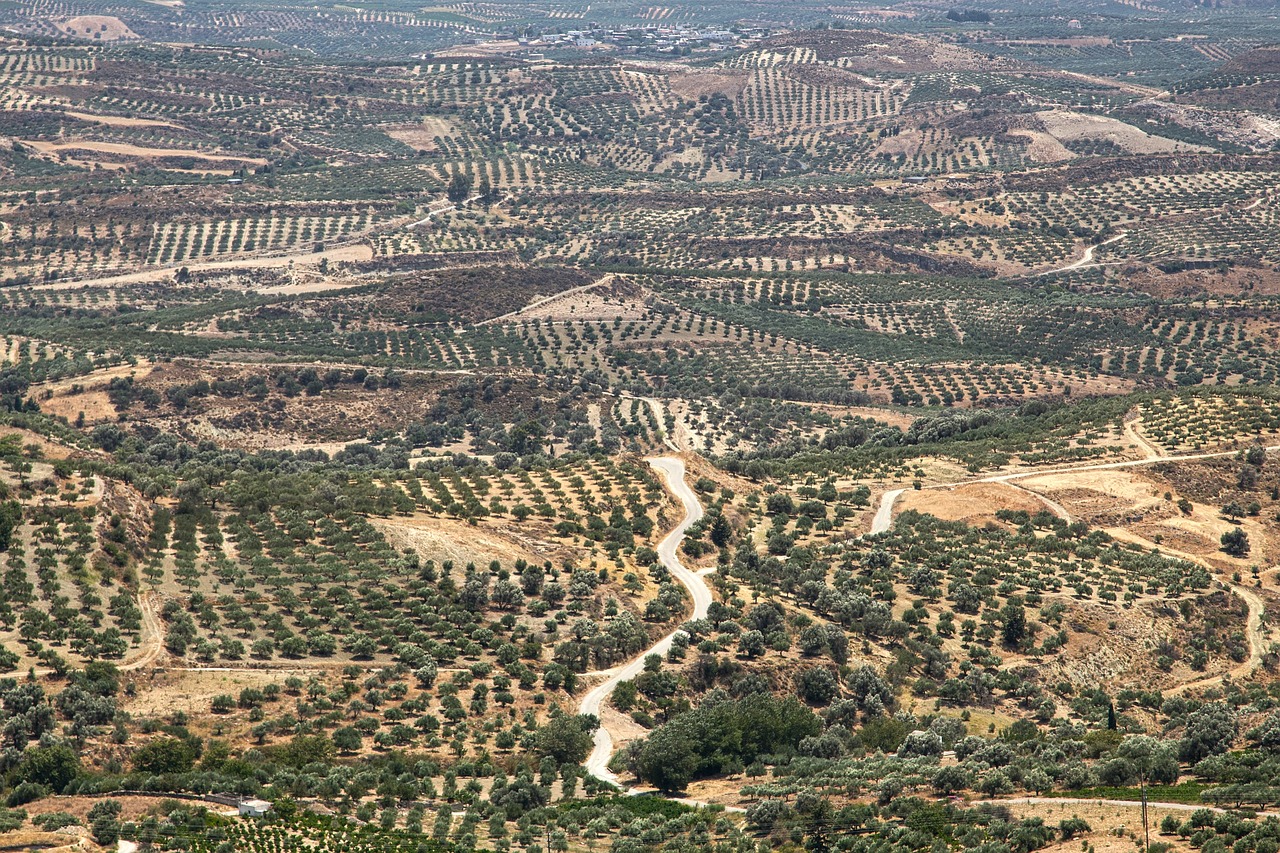
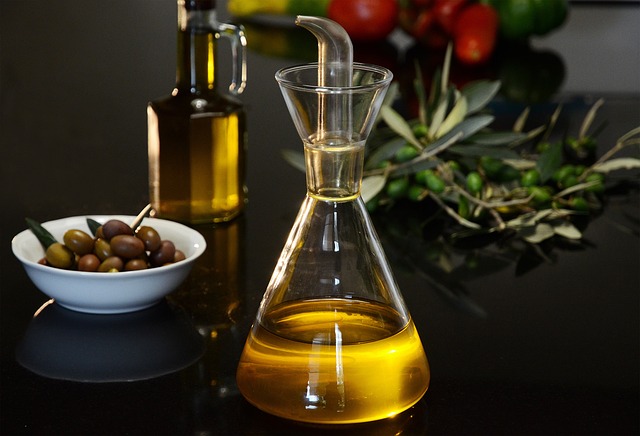
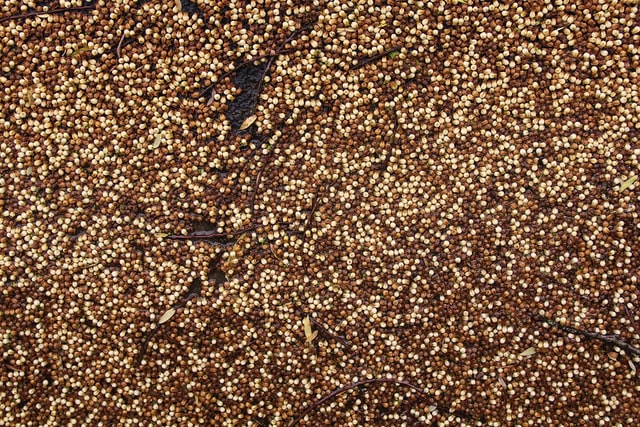
When I saw the title of this article, I couldn’t wait read it. I love cooking with allspice, and never new that it originated from Jamaica. What surpassed my wildest expectations, was when I read about all the health benefits it provides. Thank you for taking the time to provide us with this information.
Thanks John
Hi there Jeremy
Thanks for sharing, I`m a terrible cook and do feel like I have two left hands when I enter the kitchen, still that does not mean I do not experiment.
I have not yet heard of allspice and mostly when I think of ALLSPICES, my mind goes to all spices combined, something you can buy in shops with most spices ground and put in one container.
I have eaten Caribbean cuisine and I do love the way they combine spices to give even a boring dish some exotic but lovely taste. Having said that, I don`t think I have eaten specifically Jamaican food.
I have been to Zanzibar where they do grow loads of spices but even there I never heard the name allspice, maybe they had a native word for it, and again looking at the image you shared, one can mistake this for black pepper.
I have really enjoyed your post and checked your other posts,brilliant really, it`s hard to find a site that explains spices as you`ve done, really appreciate you sharing this.
Thank oyu much Roamy.
Would that spice aid in joints inflammation like rheumatoid arthiritis?